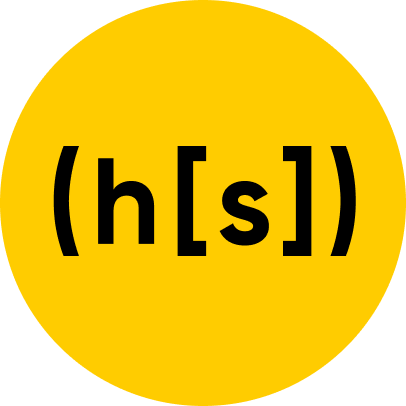Learning how to integrate automation technology into your enterprise organization can feel like you’re trying to fix a sinking ship while sailing on it. From the multitude of acronyms to understanding the differences in technology, it’s easy to become overwhelmed with the water flowing in from every direction.
Through your research, you’ll undoubtedly come across the acronym “RPA.” Robotic Process Automation has been around for a while, but what is it actually? RPA uses user interface (UI) and surface-level features to create scripts that automate routine, predictable tasks. It’s a rules-based approach to automation that mimics the actions of a human by performing mouse clicks. In a simplified visual, you can imagine a “bot” (software agents provisioned by RPA) doing a specific task over and over again, with well-defined, structured inputs and a specific set of rules to follow.
The challenge with RPA as an organization’s sole automation technology is that it’s too rigid. RPA is only able to accomplish what you’ve programmed it to do, so it doesn’t deal well with the gray areas that make up complex, dynamic business operations. Core business processes at enterprise organizations, such as reviewing incoming HCFA forms and supporting documentation to determine claims payouts at an insurance firm, for example, require more flexibility and intelligence. From handwritten forms and document structure variation to evolving workflow processes, you’ll realize that RPA never ends with just one “bot”. Despite succeeding at what they’re trained to do, you’ll need additional technologies to fill the gaps where they’re unable to help.
Enter Intelligent Automation
Intelligent automation leverages AI, ML, and automation technologies to enable your enterprise to automate more complex processes—with greater accuracy — input to actionable data. Rather than one bot for specific tasks in your business process, intelligent automation extends beyond that scope of work to to automate a large and complex workflow typically handled by humans. In this digital assembly line, work is deliberately divided between people and machines based on the needs of the task. Decisions are made based on the strengths of both people and machines, and enable seamless collaboration, increased throughput, and an overall efficiency increase.
What makes intelligent automation so “intelligent”?
If you’ve ever used or seen the value in RPA, you can view intelligent automation as the more robust and multi-skilled automation technology that enables your organization to accomplish increasingly complex tasks with higher degrees of reliability and lower tech debt.
Intelligent automation solutions like the Hyperscience Platform augment and work alongside fixed, rules-based process automation like Robotic Process Automation with a more fluid and thoughtful approach—connecting human and artificial intelligence for a better, faster, and more cost-efficient solution.
Let’s envision this in action with the mortgage application process. Jenny is the managing mortgage broker at her bank’s branch in a fast-growing city. As interest rates reduced, she saw an uptick in mortgage loan application and pre-approval requests, and her small team needed to process a large amount of paperwork quickly in order to keep clients happy.
Jenny’s organization has worked with Hyperscience to help streamline this document- and data-heavy workflow through the use of intelligent automation:
- Jenny’s RPA solution automatically downloads the customer documentation from the email she’s received.
- The Hyperscience Platform first classifies each page of the packet, understanding the difference between a pay stub and a bank statement, for example, and designating and organizing each page accordingly. Further, it removes any blank pages from incoming mortgage packets, rotates skewed pages, and improves the quality of distorted scans.
- Hyperscience then utilizes proprietary Machine/Deep Learning techniques to extract the necessary data from each page, including both machine-printed and messy handwritten words and numbers, without sacrificing accuracy. (Customers who choose Hyperscience experience over 67% increased accuracy compared to existing approaches.)
- Through document-specific validations, Hyperscience is also able to notify Jenny’s team if a specific and necessary document is missing from a client’s packet or incomplete, saving time and headaches downstream. Finally Hyperscience sends complete, accurate, and machine-readable data to Jenny’s underwriting team’s preferred platform for fast and more reliable approval processing.
By upgrading their rules-based solution, the Hyperscience Platform is streamlining data-centric processes in a manner that is both flexible and customizable, so that any variations or changes in the future are incorporated in an agile manner, without breaking existing processes or adding cost, complexity, and headaches for your operational or tech teams.
A Shift In How You Solve For Scale
Intelligent automation is a strategic shift in the way organizations serve their customers, respond to their needs, and stay competitive. By implementing bots to fix one discrete process at a time, organizations may find themselves struggling to streamline their increasingly complex processes and underlying legacy systems and technology. The addition of supplementary technology, like intelligent automation, enables an enterprise to build a tailored solution to address their business needs and unlock new efficiencies. With people and machines working collaboratively, you’ll sail smoothly towards the sunset to serve more clients, increase throughput, and weather any future storms.

